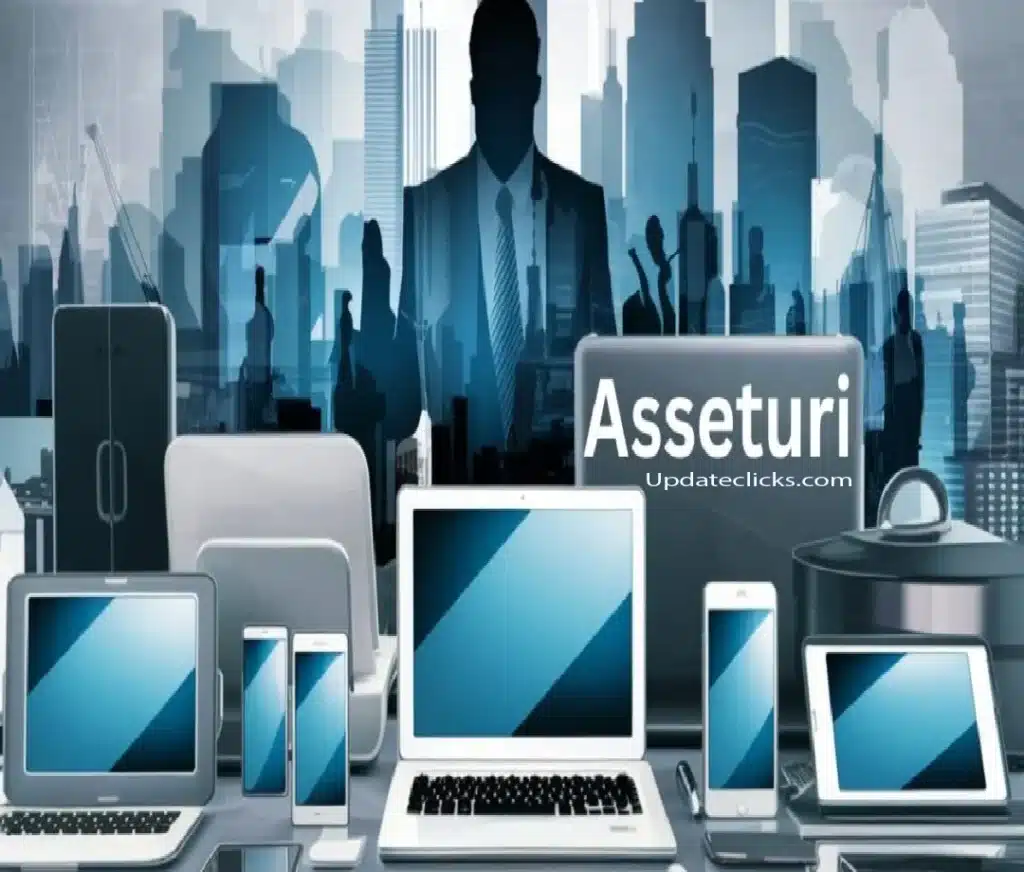
Asseturi, the plural of the term “asset,” refers to any resource owned or controlled by an individual, organization, or country that holds economic value. These resources are essential for generating revenue, securing loans, and ensuring long-term sustainability. Although, In today’s fast-paced and complex economy, understanding and effectively managing acseturi is crucial for success.
Types of Asseturi
Tangible Asseturi
Physical objects that are touchable and visible are known as tangible asseeturi. Moreover, These include:
Real Estate
Properties like land, buildings, and structures fall under this category. However, Real estate is often considered a stable and appreciating asset.
Machinery
Industrial and manufacturing equipment, vehicles, and tools are critical for production and operations in various industries.
Intangible Assetturi
Intangible asseturri lack physical form but hold significant value. Moreover, These include:
Intellectual Property
Patents, trademarks, copyrights, and trade secrets are examples of intellectual property, Although, providing competitive advantages and revenue streams.
Goodwill
Goodwill represents the value of a company’s brand, customer base, and reputation, Moreover, often reflected in the purchase price of businesses.
Valuation of Asseturi
Accurately valuing assetturi is essential for financial reporting, However, investment decisions, and strategic planning.
Methods of Valuation
Market Value: Based on the current market price of similar assets.
Income Approach: Moreover, Valuation based on the future income the assetturi are expected to generate.
Cost Approach: Determining value based on the cost to replace the asceturi.
Importance of Accurate Valuation
Incorrect valuation can lead to poor investment decisions, Although, financial losses, and regulatory issues.
Acquisition of Asseturi
Acquiring assetturi can be done through purchasing or leasing.
Purchasing Asseturi
Direct ownership provides full control but requires significant capital investment.
Leasing Assetturi
Leasing allows the use of asseturri without upfront costs, Moreover, beneficial for maintaining cash flow.
Management of Assetturi
Effective management involves overseeing the ascturi throughout their lifecycle, Although, ensuring they are used optimally.
Asseturi Lifecycle
From acquisition to disposal, managing asceturi involves tracking, maintaining, and renewing assets as needed.
Maintenance and Upkeep
Regular maintenance ensures assetury However, remain functional and retain their value over time.
Depreciation and Amortization
Understanding how assetury lose value over time is crucial for accurate financial reporting.
Understanding Depreciation
Depreciation applies to tangible assetturi, Moreover, reflecting their wear and tear.
Amortization of Intangible Asseturi
Amortization spreads the cost of intangible asceturi over their useful life.
Asseturi in Financial Statements
Balance Sheet Impact
Assetturi appear on the balance sheet, Moreover, affecting the overall financial health and net worth of an entity.
Profit and Loss Statement
Depreciation and amortization expenses are recorded, impacting the profitability.
Risk Management for Asseturi
Identifying and mitigating risks associated with asseturri is vital for preserving their value.
Identifying Risks
Risks can include physical damage, Although, obsolescence, and market fluctuations.
Mitigation Strategies
Insurance, diversification, and regular audits are common strategies to manage risks.
Asseturi and Taxes
Understanding the tax implications of assetturi can lead to significant savings.
Tax Implications
Different asseturri are taxed differently, Moreover, influencing the overall tax burden.
Strategies for Tax Efficiency
Using depreciation methods and tax credits can optimize tax liabilities.
Technological Advances in Asseturi Management
Digital Tools and Software
Asset management software helps track, manage, and optimize the use of acseturi.
Impact of AI and Blockchain
AI can predict maintenance needs, while blockchain ensures transparent and secure asset tracking.
Case Studies
Successful Asseturi Management
Companies like Apple and Google effectively leverage their assetturi for sustained growth.
Lessons from Failed Asseturi Management
Learning from failures, such as the Enron scandal, highlights the importance of transparency and accurate reporting.
Future Trends in Asseturi
Predictive Analytics
Although, Predictive analytics can forecast assetturi performance and maintenance needs.
Sustainable Asseturi Management
Focus on sustainability ensures long-term viability and regulatory compliance.
Regulations and Compliance
International Standards
Standards like IFRS and GAAP ensure consistent assetturi management practices globally.
Local Regulations
Moreover, Adherence to regional legislation is necessary in order to evade legal and pecuniary sanctions.
Asseturi in Different Sectors
Asseturi in Healthcare
Although, Medical equipment and pharmaceuticals are critical asseturri in the healthcare sector.
Asseturi in Manufacturing
However, Machinery and raw materials form the backbone of manufacturing operations.
Unique FAQs about Asseturi
What are the key differences between tangible and intangible asseeturi?
Tangible assets are physical assets that have a physical form and can be touched or seen. Although, Examples include buildings, machinery, equipment, land, and vehicles. These assets are typically used by a company to generate revenue and are often reported on the balance sheet at their historical cost less accumulated depreciation.
How often should assetturi be revalued?
The frequency of revaluation for assets depends on various factors, including accounting standards, industry practices, and the nature of the assets themselves. Moreover, Generally, tangible assets like buildings, machinery, and equipment are revalued periodically to ensure that their carrying values reflect their fair market values. However, the specific frequency of revaluation can vary.
What are common mistakes in asseturri management?
Common mistakes include inaccurate valuation, Although, poor maintenance, and lack of proper documentation.
How can technology improve assturi management?
By leveraging technology effectively, organizations can enhance asset visibility, However, optimize resource allocation, minimize operational risks, and ultimately improve overall asset management efficiency and effectiveness.
What are the benefits of sustainable asseteri management?
Sustainable asset management refers to the practice of managing assets in a way that minimizes negative environmental and social impacts while maximizing long-term economic benefits. Although, Overall, sustainable asset management offers numerous benefits, both tangible and intangible, that support long-term business success, environmental stewardship, and social responsibility.
Conclusion
Understanding and managing assetturi is essential for financial stability and growth. However, From acquisition and valuation to risk management and technological advancements, Moreover, effective asseturri management ensures long-term success and sustainability.